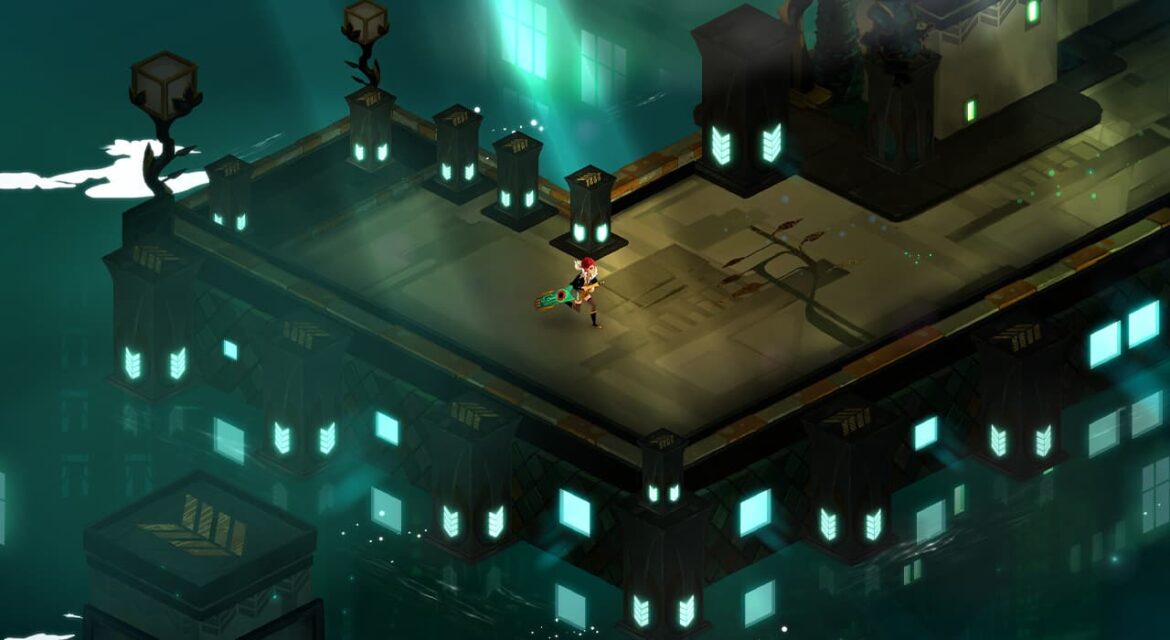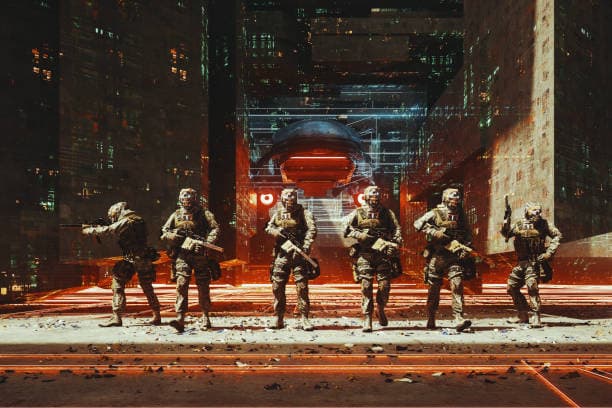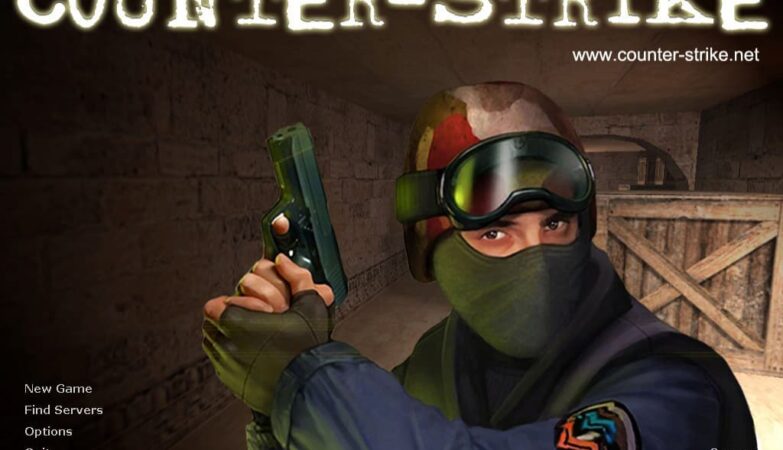Cloudbank is a dream come true. An ideal city where the people’s every whim is fulfilled by cutting-edge technology. An exemplary democratic model that defines the vector of the metropolis’ nonstop development. There will never be bad weather and no shopping mall will ever be built if the public doesn’t want it. But then again, neither will society ever be here. Something irreparable has happened. But what exactly has happened?
These and many other questions are posed together with us by the main character of Transistor, for whom everything that is happening is no less obscure. One minute Red is a thriving singer, the darling of the crowd and a major talent in the whole of Cloudbank. Moments later, she is already leaning over the lifeless body of her sword-wielding savior. An assassination attempt. It should have been her. But why?
“We’re not going to get away with this, are we?” – Transistor, the very sword in the chest of the nameless hero, interrupts the silence. She and Red clearly know each other, but the answer is not meant to be heard: by keeping her alive, the girl loses just as much value: her voice. Thus Blade becomes our faithful companion and sole narrator throughout the game.
The situation is aggravated by the attack of the Process, aggressive robotic creatures of unknown origin. To shed some light on the outrage, we have to lead the fragile heroine through the beautiful streets of Cloudbank and inevitably try out one of the most interesting combat systems of the past year.
To an outside observer it may seem that not much has changed in terms of gameplay since Bastion, the previous project of the same studio. Yes, it’s still an isometric RPG with a bunch of abilities and… and that’s it. Transistor immediately reveals a completely different approach to battles and shows them from another, much more curious side.
First and foremost noticeable is the change of pace of the game. Skirmishes with numerous creepers now resemble calibrated tactical puzzles, rather than Diablo-style fights. An integral element becomes the tactical pause, where cunning combo hits are planned and a wounded heel is carried away in a hurry. Although this mode requires you to reload after using it, you’re unlikely to get far without it.
But the most interesting aspect here is the combat skills. Instead of the traditional pile of hundreds of skills the game offers only sixteen universal “functions”, which the player combines at his discretion. Any technique can be used as one of the four main strikes, hang as an additional effect to any other skill or even leave in the “passives”, getting a general increase in characteristics. Combinations can be very different – your imagination is limited only by the energy limit.
And to keep you on your toes, these same features play the role of additional lives. Once the Lifebar is empty, the most powerful ability “burns out”, giving you a chance to come out the winner of the battle, but at the same time complicating the rules. Access to it will of course come back when you visit a checkpoint, but in combat it’s better not to rely on a single skill.
Another reason behind the experimentation is that the Process is not just a faceless mass of red-eyed vehicles. Their ranks are constantly updated with new species with their own characteristics: weeds, for example, do not move and attack only in close proximity, but treat allies well, which complicates battles with bloodhounds, frisky enough to get away in time. Such nuances if not radically change the applied tactics, then at least forced to consider the potential of this or that enemy. It is true that the number of variations is not crazy, but this is compensated by regular “upgrades” of old species.







